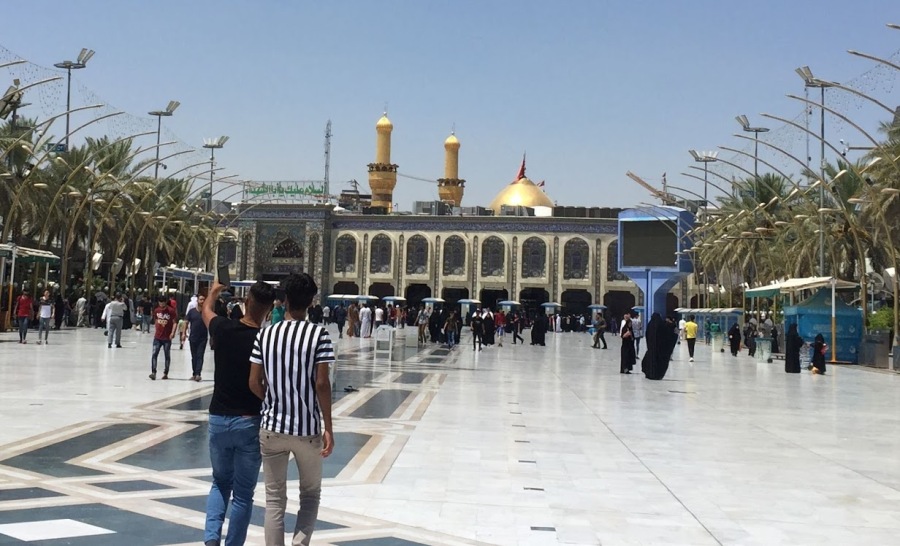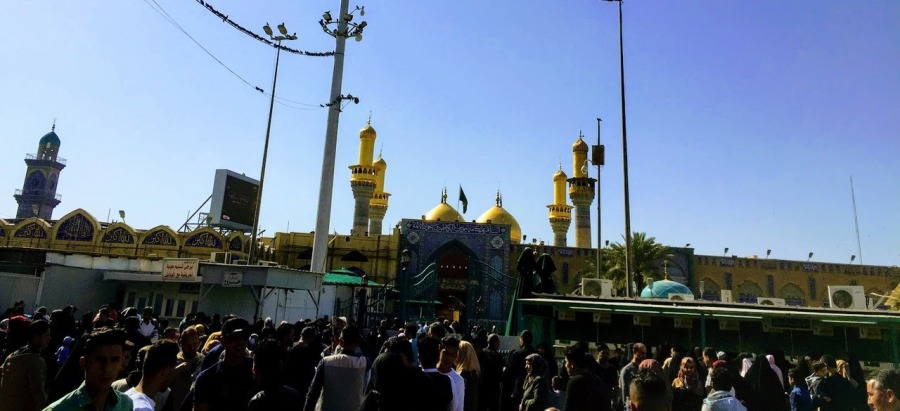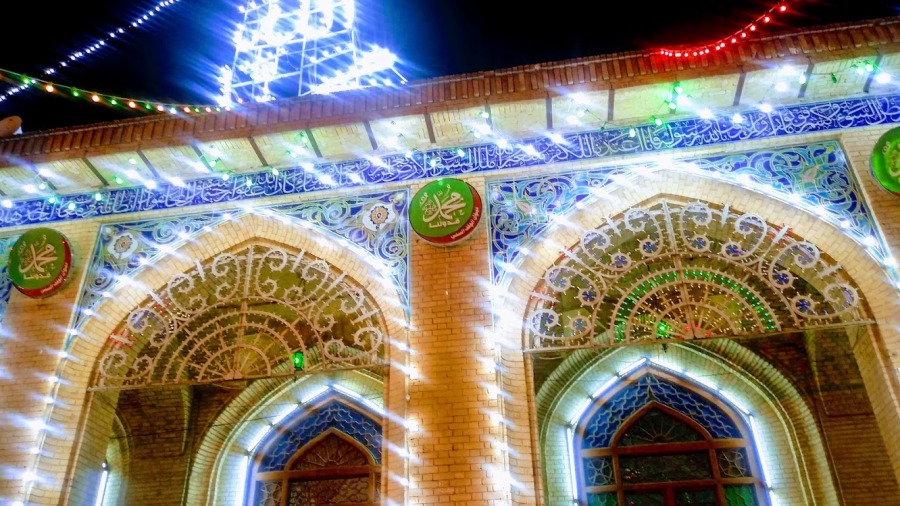The medieval period evokes vivid images of knights and castles in European history, but the Middle East has a rich medieval tapestry as well, particularly in the Kurdish emirates. A recent exploration of Dere, Dwin, and Khanzad castles in Erbil revealed their historical significance. Dere Castle, dating back to the 19th century, stood witness to the region's past, while Dwin Castle's connection to Kurdish hero Salahuddin and Khanzad Castle's defensive role underscored Kurdistan's enduring heritage and resilience.







